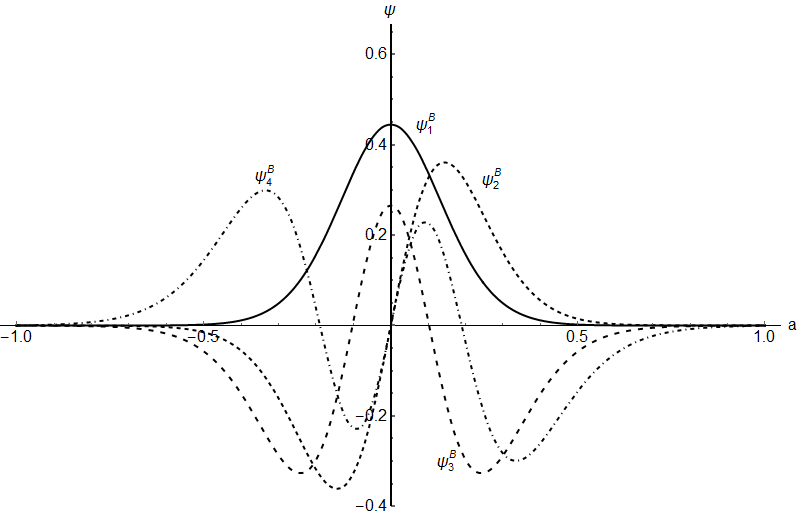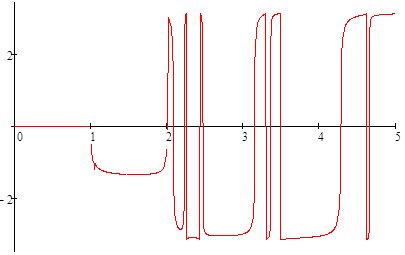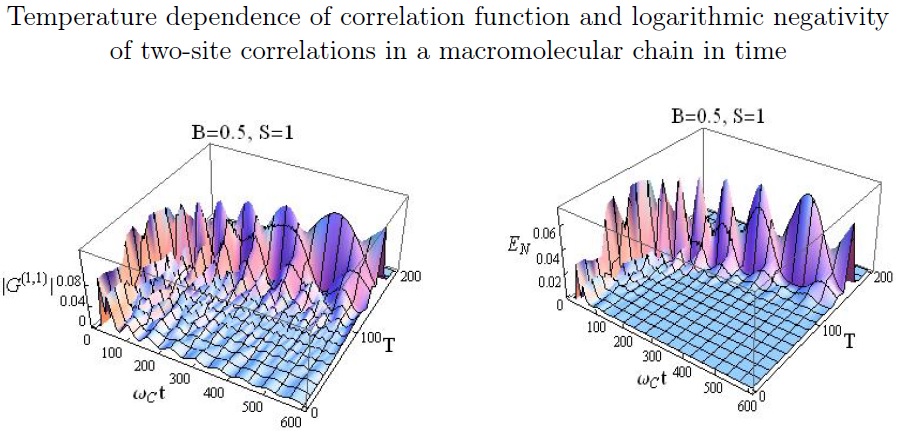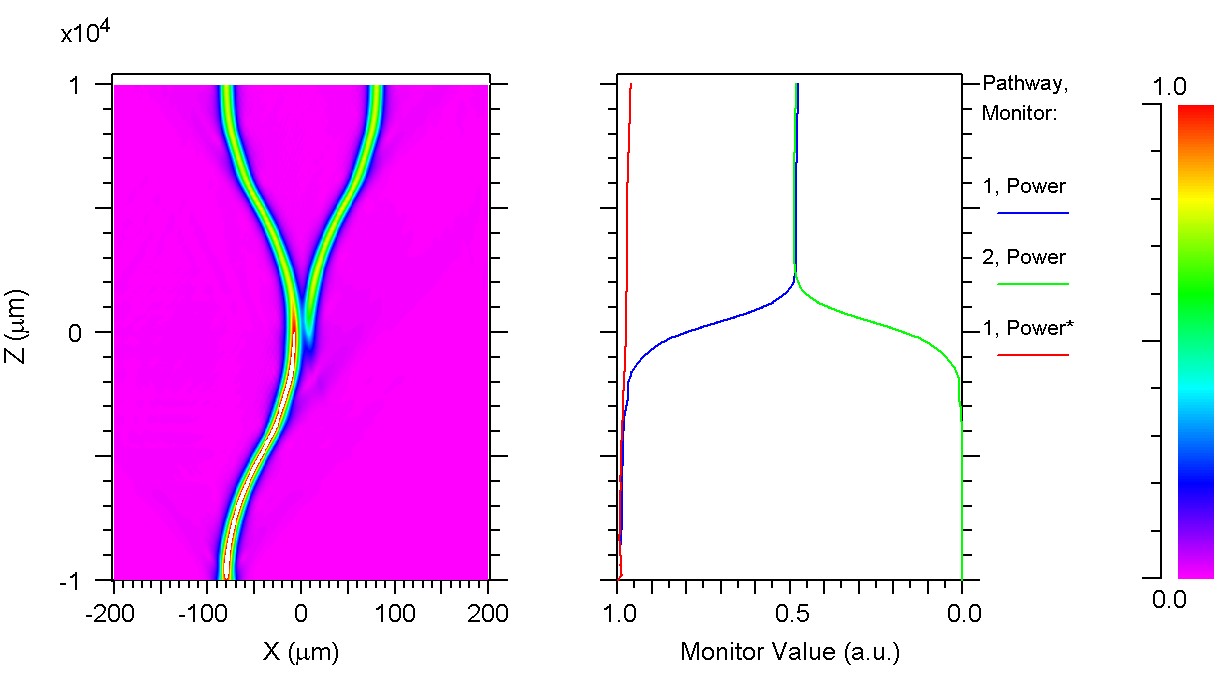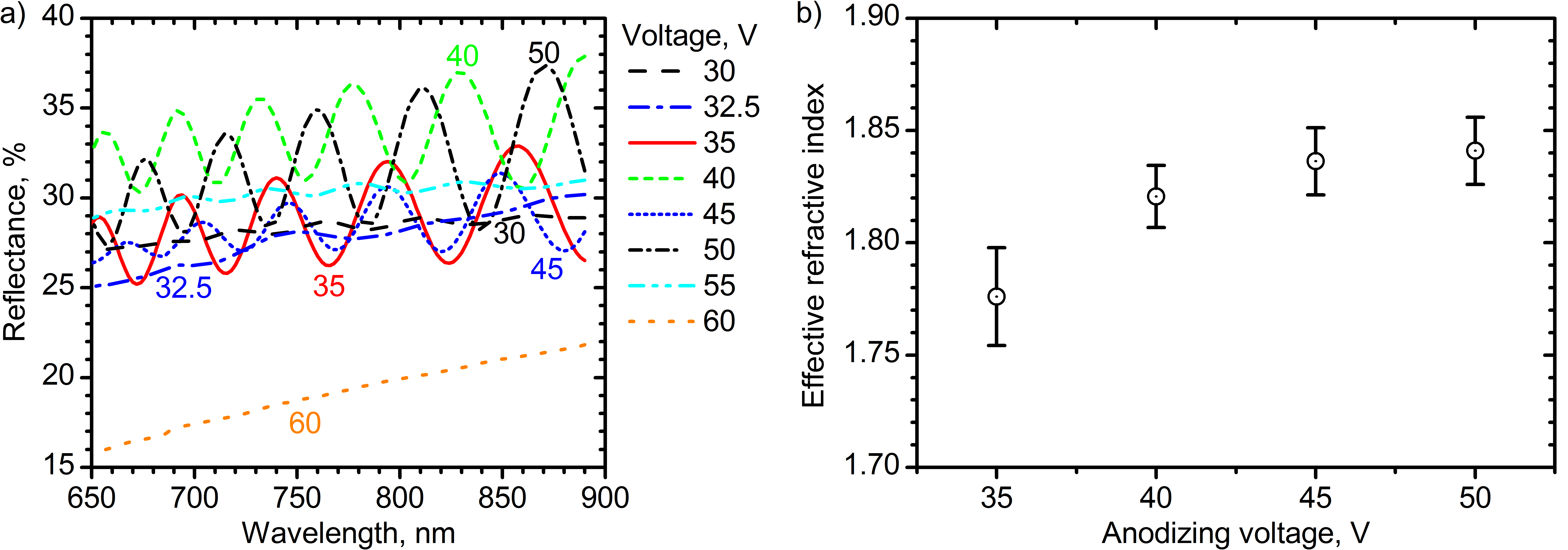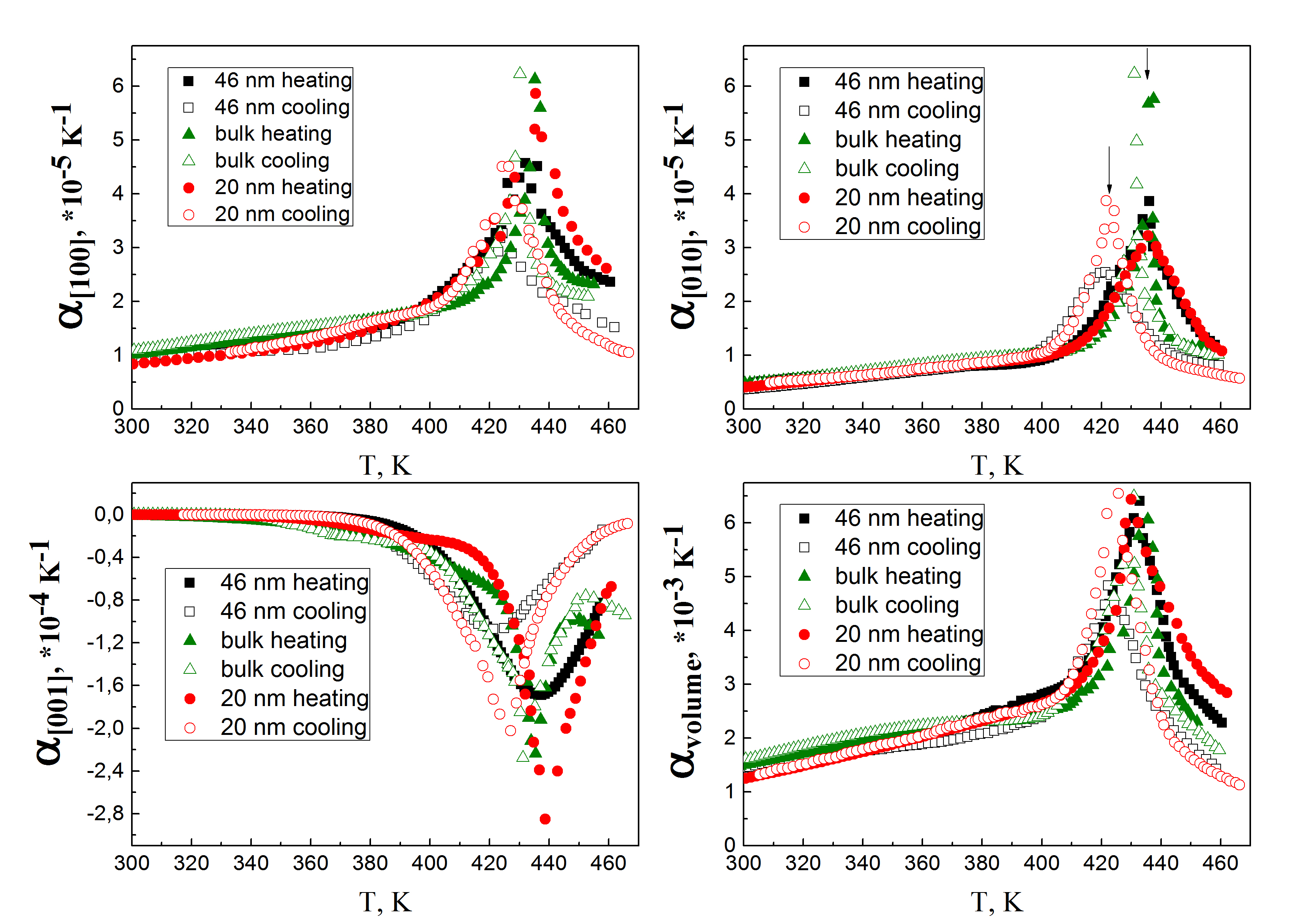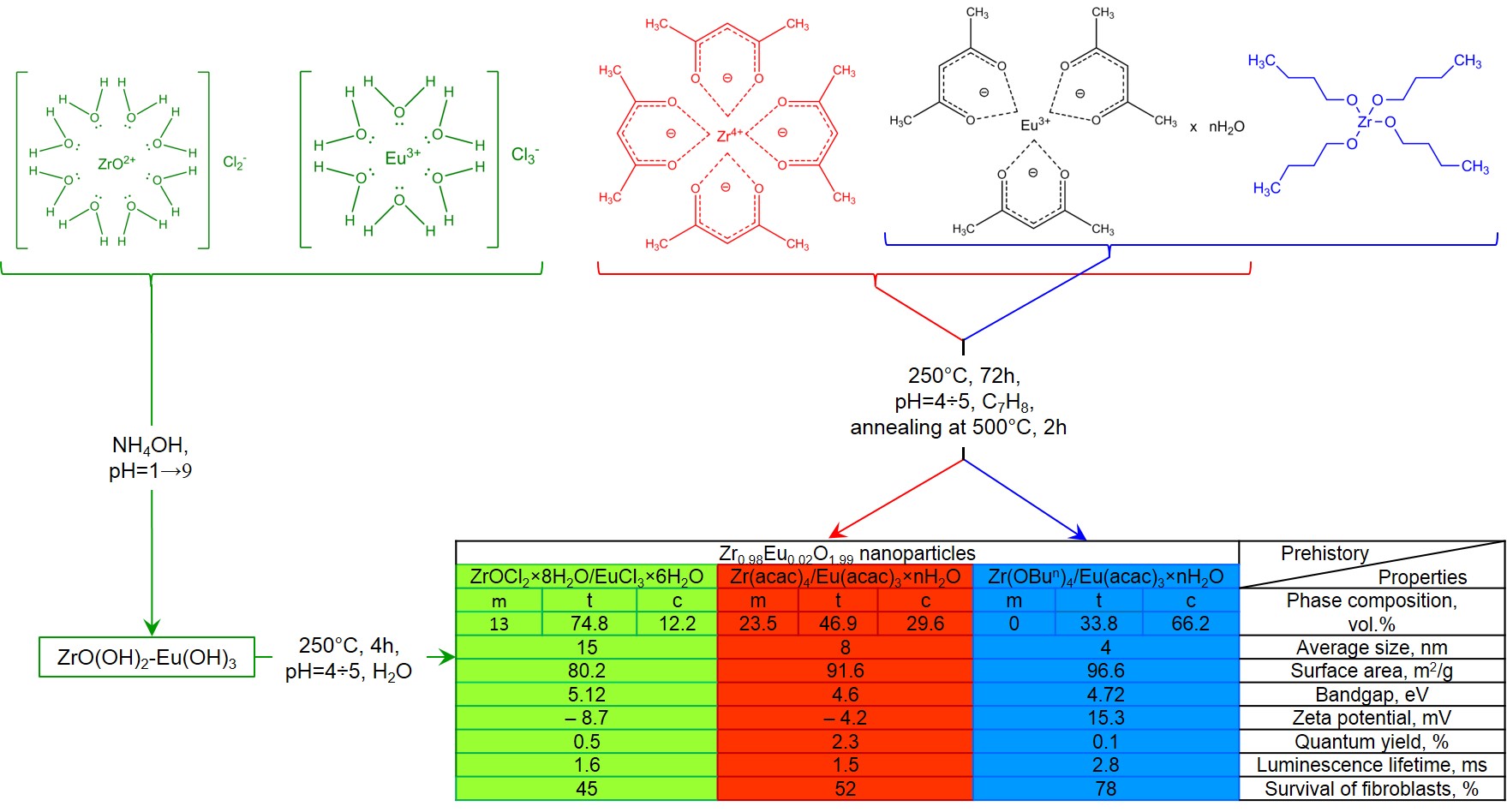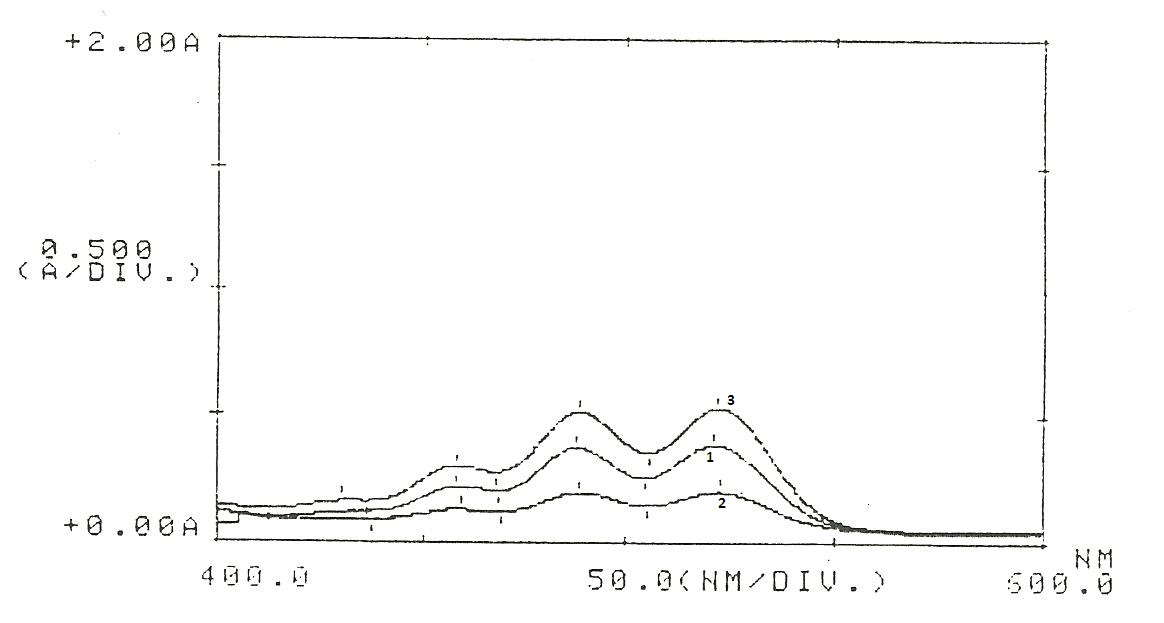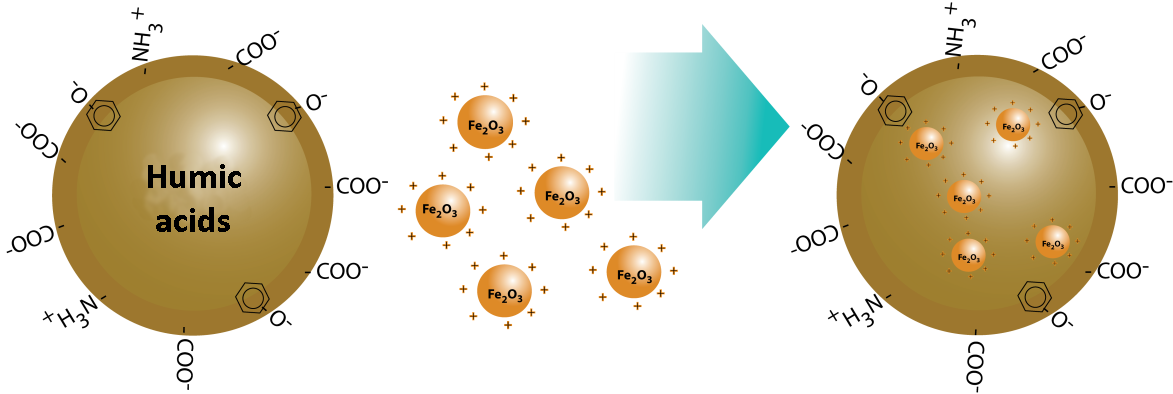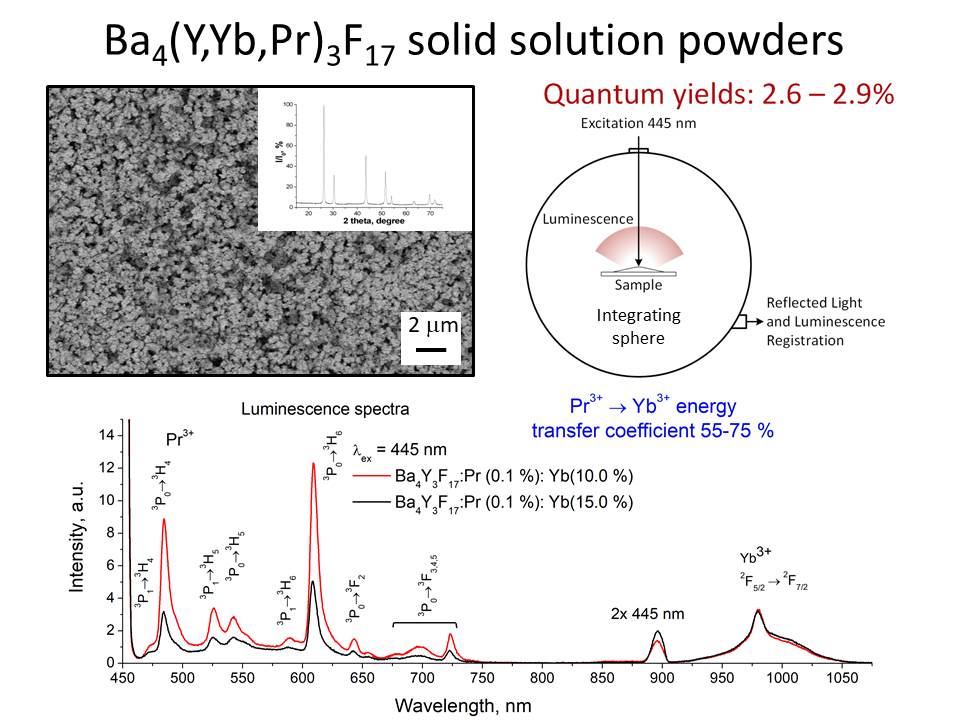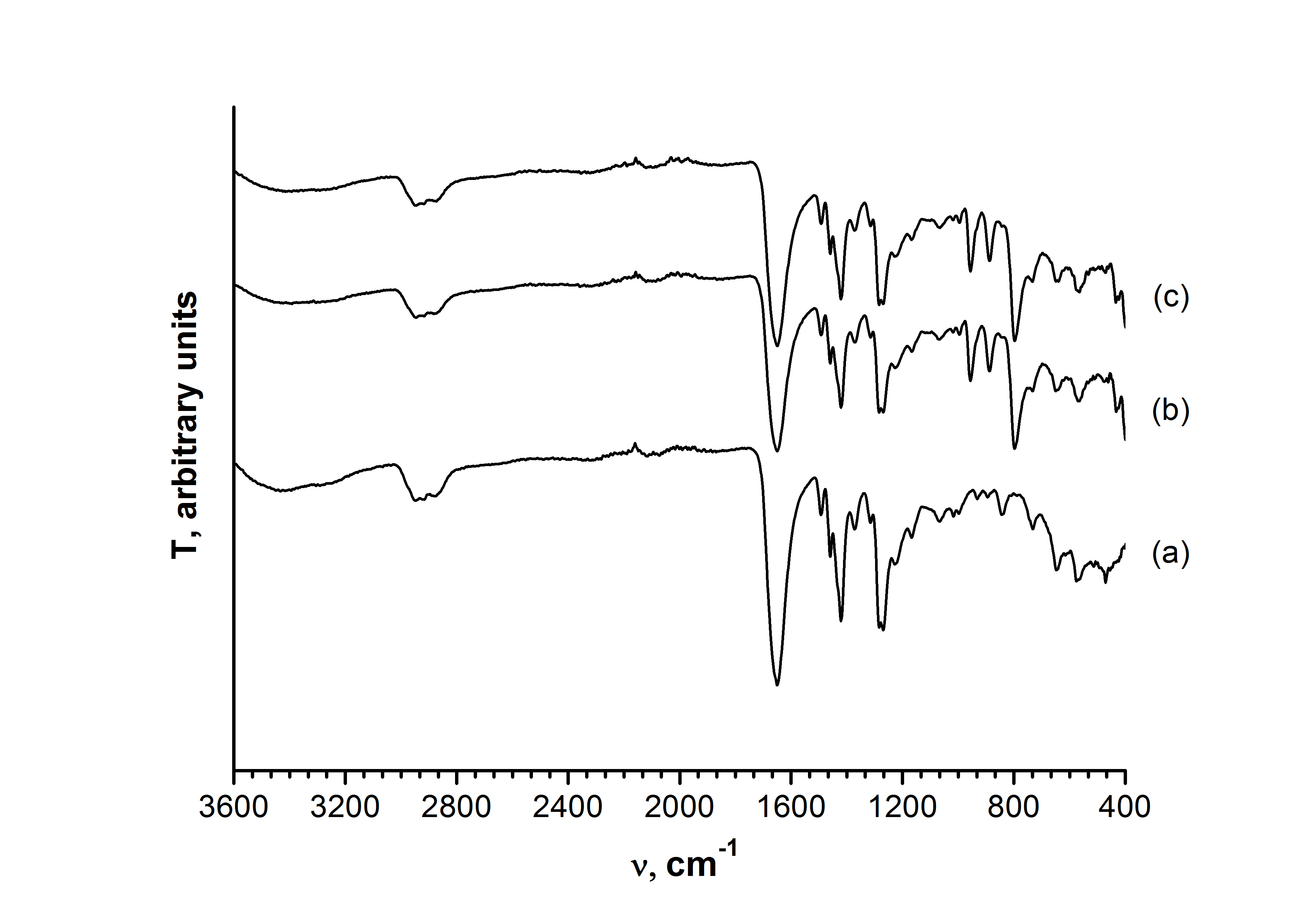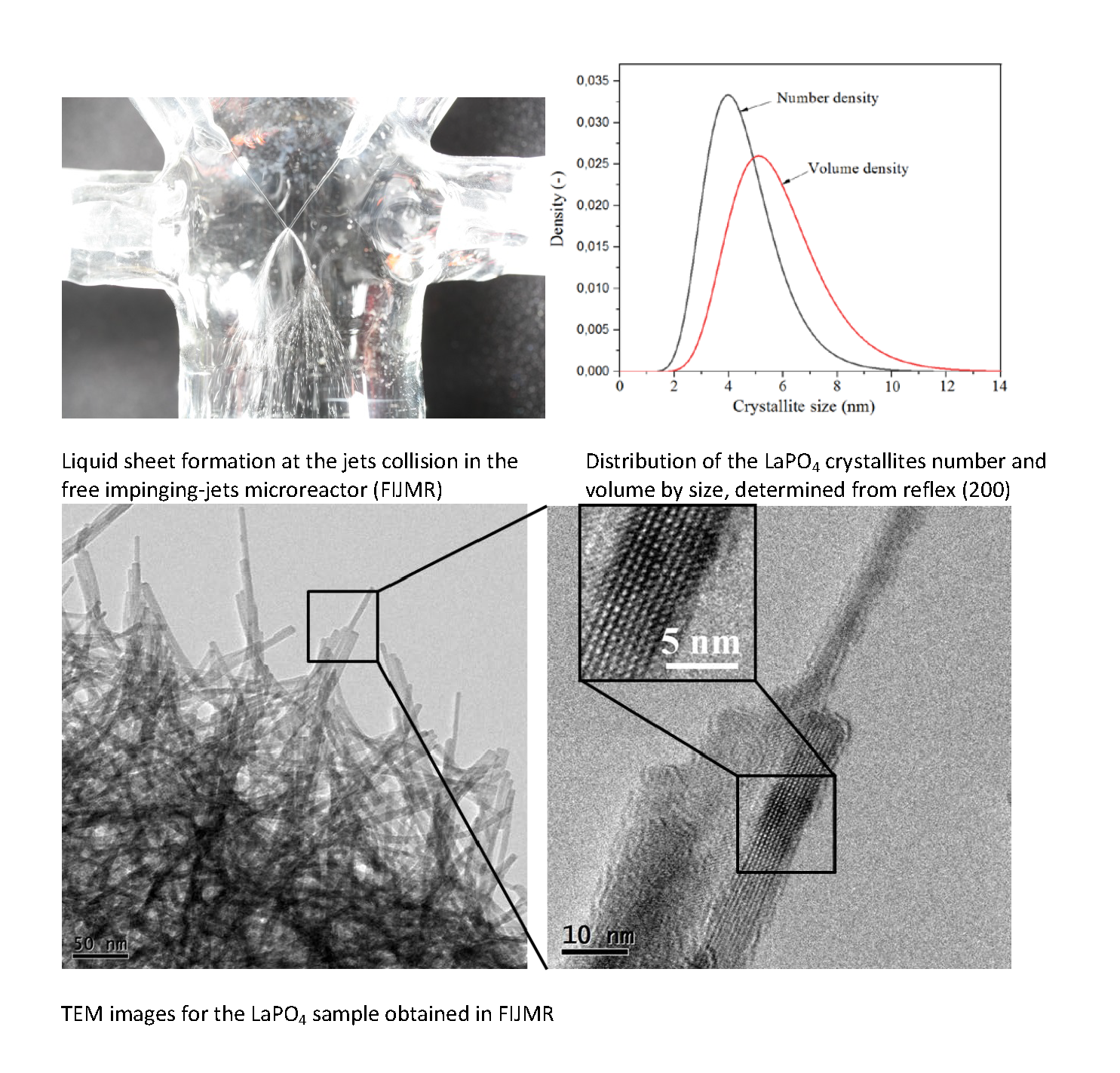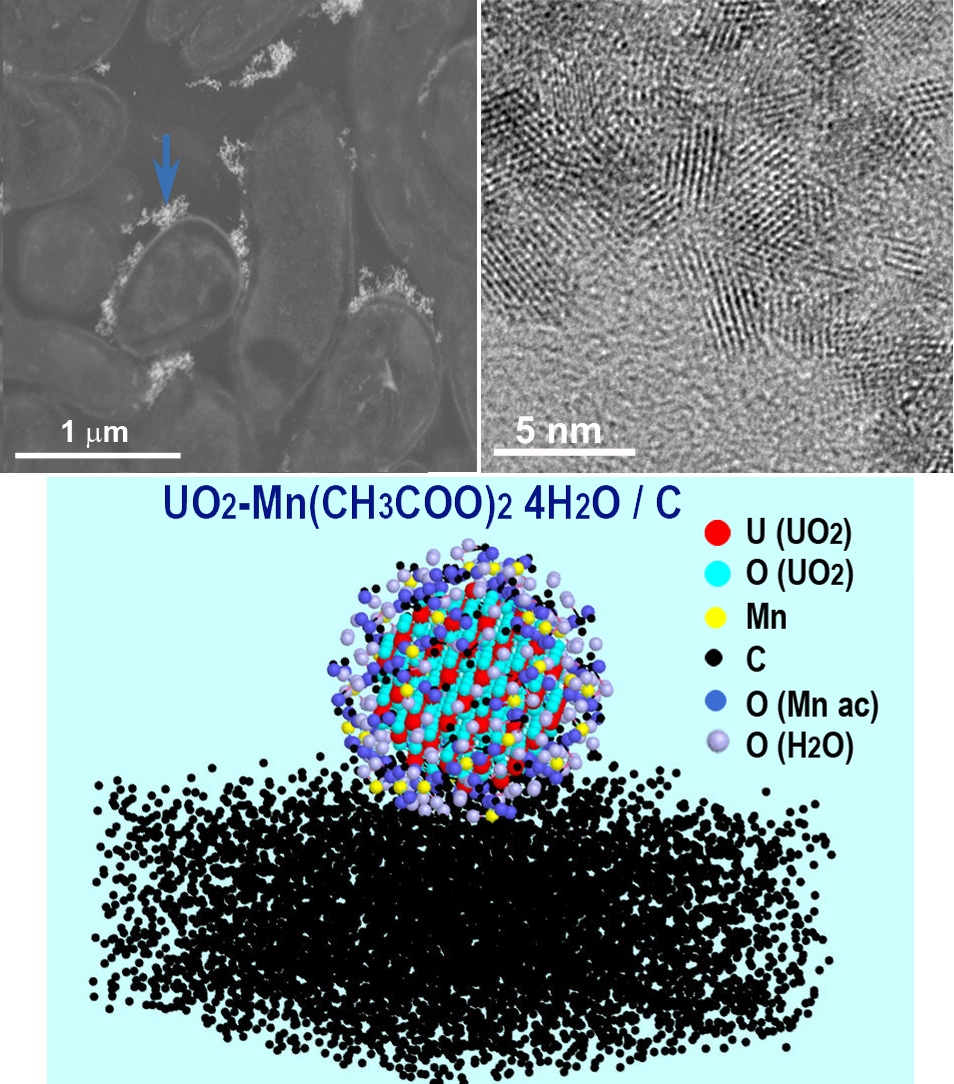MATHEMATICS
We consider the inverse dynamic problem for the wave equation with a potential on an interval (0; 2π) with periodic boundary conditions. We use a boundary triplet to set up the initial-boundary value problem. As inverse data we use a response operator (dynamic Dirichlet-to-Neumann map). Using the auxiliary problem on the whole line, we derive equations of the inverse problem. We also establish the relationships between dynamic and spectral inverse data.
This paper presents a different numerical solution to compute eigenvalues of the Schrodinger equation with the potentials in graphene struc- ¨ tures [1]. The research subjects include the Schrodinger equation and the exchange-correlation energy of the graphene structures in Grachev’s ¨ article. Specifically, we used the pseudospectral method basing on the Chebyshev-Gauss-Lobatto grid to determine the approximate numerical results of the problem. The results are the discrete energy spectra and the corresponding eigenfunctions of the nonlinear spin waves in the graphene structure. Additionally, these results can be applied to create the nonlinear spin waves in the graphene structures.
PHYSICS
A model of an electron in a quantum graph interacting with a two-level system is considered. The operator describing the model has the form of sum of tensor products. Self-adjoint extensions and a scattering matrix are written in terms of a boundary triplet, corresponding to the considered symmetric operator. Diagrams of reflection are calculated and numerical results are discussed .
We investigate the problem of generating quantum correlations between different sites of a macromolecular chain by vibronic excitation depending on the temperature. The influence of temperature on the model dynamics is taken into account by employing the partial-dressing method based on the modified LangFirsov unitary transformation under the assumption that the chain collective oscillations are in the thermal equilibrium state. To describe quantum correlations between the chain sites in the case of the initial single-vibronic excitation, we use two-time correlation functions of the second order and the logarithmic negativity as the degree of entanglement. We find that at certain temperatures for various model parameters time-stable entanglement can occur in the chain.
This paper is devoted to the simulation of a single-mode ion-exchange waveguide and the 3dB directional coupler for quantum chips. We performed diffusion modeling of Na+ $ K+ ions in the R2O−SnO2−SiO2 glass and optical modeling by the beam propagation method. A wavelength of 1064 nm was used corresponding to the requirements of the single-mode regime for our waveguide. Simulation of diffusion has shown that the profile of the refractive index of overlapping areas can be modeled by summing two separate profiles, which is crucial for optimizing performance. In the process of optical modeling it was possible to minimize losses on s-bends of changing the width of the bend and reducing the interaction length to zero. So we looked at many aspects of device optimization and performed a design, manufacture and characteristics simulation of a directional 3dB coupler. The overall transmittance of proposed device was evaluated as 0.96.
The unique optical properties of porous anodic titanium oxide (ATO) make it a promising material for solar energy conversion, sensorics, and opto-electronics. The optical path length and effective refractive index (neff) of ATO can be tuned by chemical etching of pore walls. However, precise control of these optical parameters is still challenging due to the lack of data on the effect of pore widening time on the neff. Here, a detailed study of the influence of anodizing voltage and pore widening time on the neff of the ATO films was performed. Analysis of reflectance spectra of ATO synthesized at 35 – 50 V shows that pore widening in 3 wt. % H2O2 aqueous solution allows one to control the neff at values ranging from 1.54 to 1.84. The data required for the prediction of the thickness, neff, and optical path length of the ATO films from anodizing and etching conditions are obtained.
CHEMISTRY AND MATERIALS SCIENCE
The temperature evolution of the crystal structure of sodium nitrite nanoparticles has been studied with heating and cooling using synchrotron radiation diffraction. Nanocomposites have been prepared by embedding melted NaNO2 into the pores of the glasses, average diameters of the pores were 20 nm and 46 nm. Analysis of obtained diffraction patterns has revealed significant difference of the coefficients of thermal expansion (contraction) on heating and on cooling between nanostructured and massive sodium nitrite in the temperature range corresponding to the paraelectric phase. It is confirmed that in these nanocomposites the phase transition from the ferroelectric to paraelectric phase remains the first-order phase transition. Temperature hysteresis of this phase transition is about 10 K.
ZrO2 nanoparticles doped with 2 mol.% of EuO1:5 were obtained from solutions of inorganic salts, zirconium alkoxide and chelating compounds under hydro and solvothermal conditions. The phase compositions of the synthesized nanophosphors were determined using the methods of X-ray diffraction, photoluminescence and Raman spectroscopy. The changes in a particle size, the value of the specific surface area and its charge depending on the conditions of preparation (the type of solvent, isothermal exposure time) and the precursor nature used in the synthesis were considered. It was found that Zr0:98Eu0:02O1:99 nanoparticles with a high content of the monoclinic phase, synthesized from zirconium and europium acetylacetonates, have the highest luminescence efficiency. At the same time, the maximum photoluminescence lifetime and the least cytotoxicity were characteristic of crystal phosphors with a more symmetrical crystal lattice of the host matrix, as well as a high surface area/volume ratio.
This study investigated the influence of cosurfactants on the phase behavior and solubilization capacity of microemulsions. Firstly, we determined the influence of alcohol chain length on the microemulsion solubilization capacity in microemulsion systems containing sodium dodecyl sulfate (SDS), heptane, and water; utilizing n-butanol, n-hexanol, n-octanol and hexylamine as cosurfactants. Then, we compared the effect of the cosurfactant on the solubilization capacity of the microemulsion with SDS. Based on the results, we suggest that hexylamine is a good candidate to produce microemulsions since hexylamine behaved as a cationic surfactant. Secondly, keeping constant the rate of surfactant/cosurfactant and varying the rate of alcohol to hexylamine as cosurfactant, we explain the cosurfactant effect in systems with SDS, alcohol, methylene chloride, and sodium molybdate using the spectrophotometric method. Results showed that the absorbance (ABS) values increased continuously in the systems of n-octanol and n-decanol with increasing amounts of hexylamine. The change in ABS values is considered to be related to microemulsion structure inversion.
Superparamagnetic iron oxide γ-Fe2O3 (maghemite) nanoparticles (SPION) encapsulated into water-soluble microspheres of rock salt were synthesized via a new aerosol spray pyrolysis procedure. Humic acids (HA) were employed to stabilize the aqueous suspensions of γ-Fe2O3 nanoparticles released upon dissolution of the NaCl matrix. The effect of HA on the surface charge of maghemite-based colloids was studied in pH range of 3 – 10. Humic polyanions compensate positive charges on a hydrated γ-Fe2O3 surface resulting in strongly negative ζ-potential (< −40 mV) of colloid even in acidic environment. In neutral and alkaline environment, ζ-potential of maghemite-based colloid drops below −55 mV; thus, HA should effectively stabilize the nanoparticle colloid over the whole pH range studied. Meanwhile, bare maghemite SPION at pH 3 – 6 have ζ-potential in the +20 mV to −20 mV range (isoelectric point at pH 4.35), which is insufficient for electrostatic stabilization of the suspensions. The absence of embryotoxicity of HA-stabilized nanoparticles was demonstrated.
Single-phase powders of Ba4Y3F17:Yb:Pr solid solutions with an average agglomerate size of 400 nm were synthesized by co-precipitation from aqueous solutions. It was shown that the down-conversion mechanism in the investigated samples was quantum cutting, with one photon absorbed by Pr3+ ions resulting in two photons emitted by Yb3+ ions. At first, overall the external quantum yield of down-conversion luminescence measured appeared to be relatively high, with a maximum value of 2.9 % for the Ba4Y3F17:Pr(0.1 %):Yb(10 %) sample. It makes this compound promising for Si-based solar cells efficiency enhancement.
Tungsten oxide nanoparticles (WO3 NPs) are increasingly being considered as a promising material for biomedical applications. However, toxicological information on their effect on red blood cells (RBCs) remains very scarce. In this study, we examined the toxicity of PVPstabilized tungsten oxide nanoparticles against human RBCs. Optical microscopy and spectrophotometry data showed that WO3 NPs induce hemolytic activity. This effect is probably attributed to the direct interaction of the nanoparticles with the RBCs, resulting in the oxidative stress, membrane injury, and subsequent hemolysis.
A free impinging-jets microreactor was used for synthesizing rhabdophane-structured LaPO4 sols. The rheological behavior was investigated for the sols obtained both by reagents mixing in a microreactor, and by pouring the initial solutions together and mixing them on a magnetic stirrer. Lanthanum phosphate sols obtained by two ways are structured systems characterized by deformation behavior accompanied by shear liquefaction. Some discovered anomalies were found to be associated with flow nonequilibrium at low shear rates, which indirectly indicates stronger binding of particles in the structure of samples obtained by the microreactor synthesis.
Methodological aspects of the extraction of structural and chemical information from transmission electron microscopy (TEM) of uranium dioxide (UO2) biogenic nanoparticles are presented. Nanoparticles were formed via the bacterial reduction of water-soluble uranyl acetate with U (VI) in the presence of Mn2+ ions and cultures Shewanella oneidensis MR-1 in the medium. The particles of 1.2 – 3.5 nm in diameter and particle agglomerations were visualized in conventional TEM, high resolution TEM, scanning TEM modes. Their phase and chemical composition were investigated with electron diffraction, X-ray energy dispersive spectrometry and electron energy loss spectroscopy with high spatial resolution. Maintenance of the element balance helped to find the composition of the mixture of UO2 and Mn acetates. The interpretation of TEM data and modeling allowed to propose the mechanism for the suppression of UO2 particle growth and higher resistance to dissolution of smaller UO2 particles with adsorbed Mn acetate compared to the larger pure particles.
ISSN 2305-7971 (Online)



